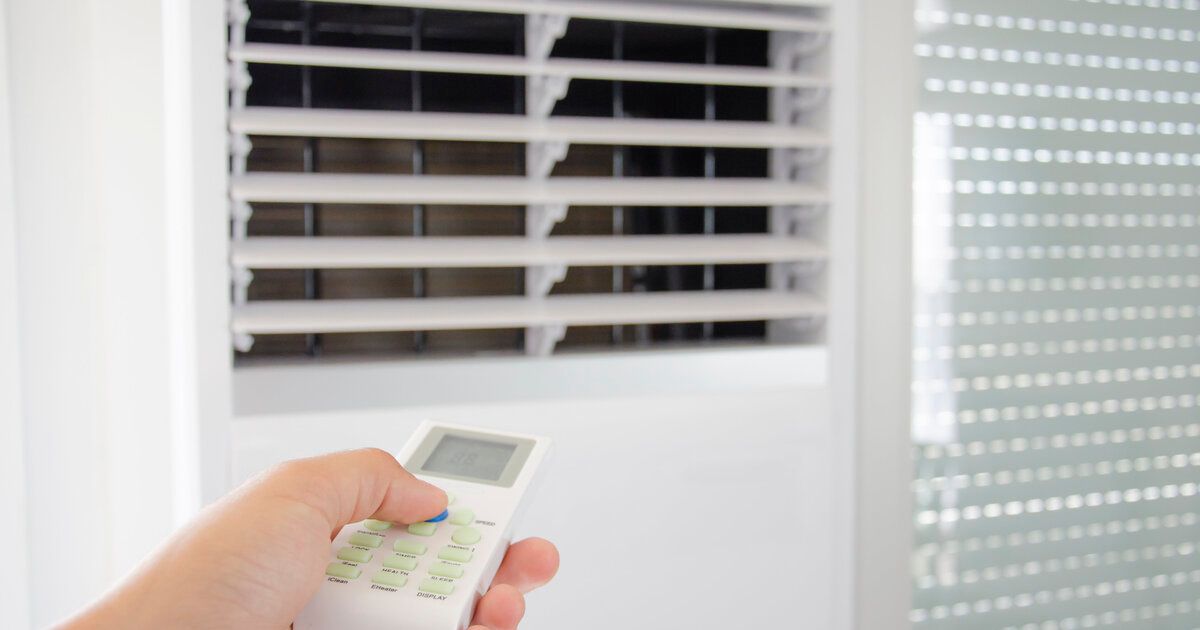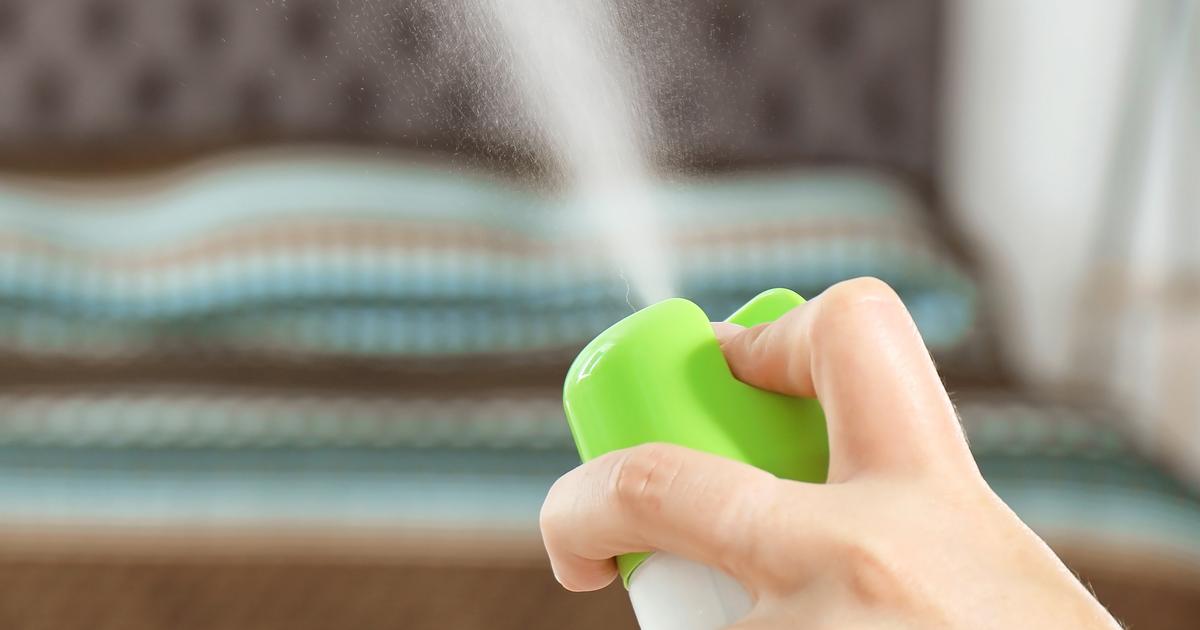Guide To Sneaky Allergy And Asthma Triggers
Allergies and asthma are particularly irritating conditions to deal with on their own, and especially exhausting when they appear together. In either case, however, no one wants to deal with their unpleasant symptoms, which means most will go out of their way to avoid triggers and find relief. High wind days, pollen, and pet dander can make allergy and asthma symptoms the worst and it is important to be aware of these common triggers. There are some allergy and asthma triggers, however, most individuals wouldn't think of and they should be on everyone's watch list. Get the full details on these sneaky triggers now.
Air Conditioning And Furnace Filters

Some of the indoor allergens we experience are dust mites, pollen, and cigarette smoke (include cooking smoke). A filter connected to a furnace or air exchange system can do wonders to help with allergy and asthma attacks. However, if individuals do not clean or replace their filters regularly, their furnace filters and air conditioning could spell disaster for those who suffer from allergies and asthma. Once a filter gets full it has the potential of releasing pollen, dust, and other items back through the ducts. Specialized air conditioner or furnace filters can be purchased whereby they are cleaned by spraying them off with a garden hose.
Air Fresheners

Air fresheners can add to respiratory problems in the home. Everyone wants their home to smell fresh, however, many air fresheners contain volatile organic compounds and some of those products have a component element to them. Some of the volatile organic compounds typically found in conventional home air fresheners are various alcohols, petroleum distillates, limonene, and formaldehyde. Even though there are many commercials out there stating air fresheners boost health and mood, there is no research to back up these claims. It is better for individuals with asthmas and allergies to find natural ways to freshen their home that do not trigger symptoms. Some have had luck just baking cookies in the oven or boiling water on the stove with fragrant items like orange peel or cinnamon sticks sitting in the water.
